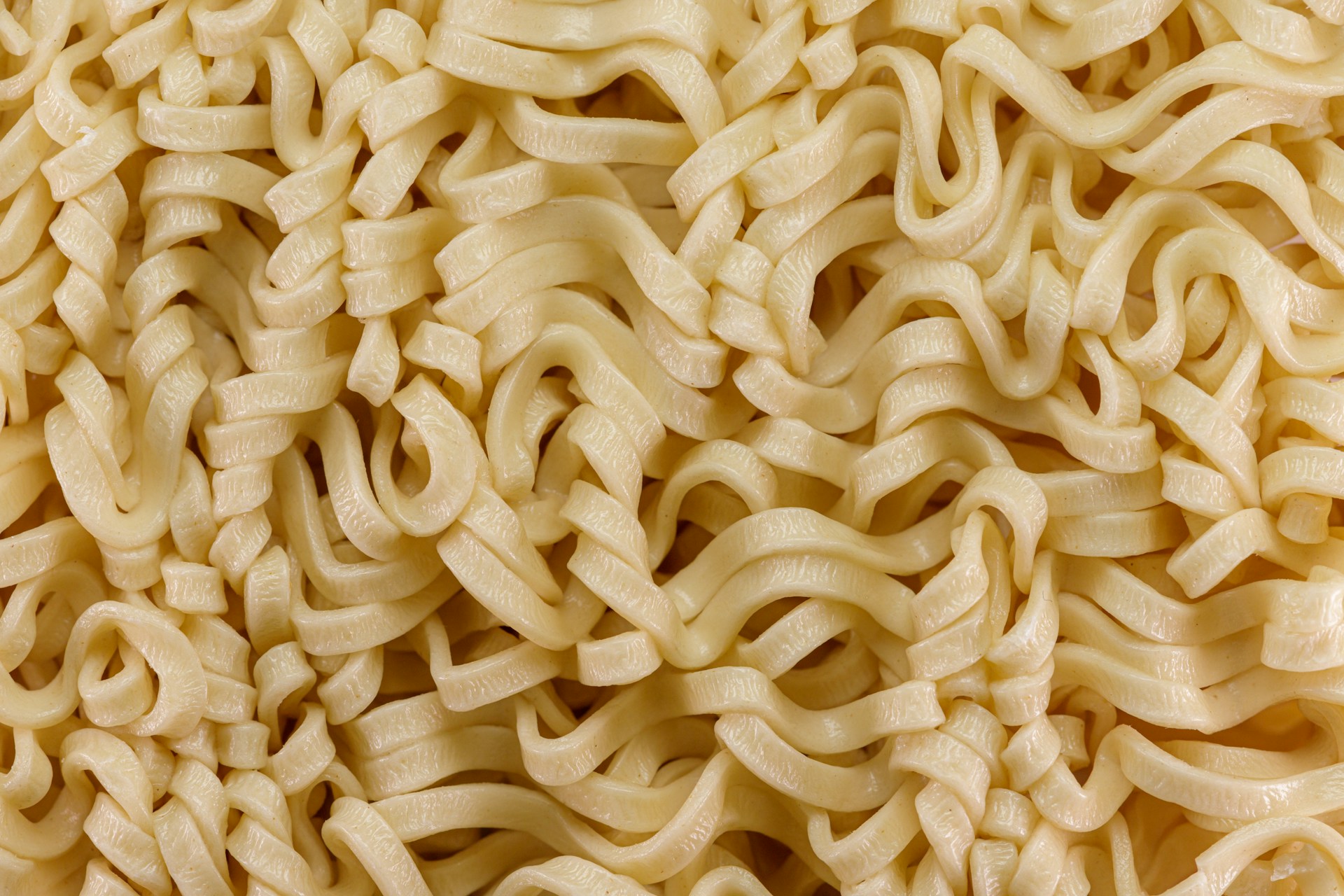Health
Centenarian’s Daily Diet Secrets for a Lifetime of Health

One’s biological clock can’t technically be unwound, but incorporating healthy habits today can potentially extend your lifespan. Consistently sticking to a sleep schedule, consuming a well-rounded diet, and regular physical activity are all fundamental factors for longevity. Other key lifestyle changes, such as limiting alcohol consumption and effectively managing stress, could reduce your risk of developing certain health conditions. Yoshiko Miwa, a 110-year-old supercentenarian, however, suggests her long and healthy life can be attributed to her favorite food group: noodles.
Miwa recently commemorated her 110th birthday with her family at the Gardena Buddhist Church in California. The celebration was graced by the presence of her three sons, 10 grandchildren, 20 great-grandchildren, and a great-great-grandchild.
“I’ve been fortunate that my sons, my grandchildren, my great grandchildren and relatives have always been there for me,” said Miwa in a conversation with TODAY.com after her milestone birthday.
Miwa, a survivor of major historic events including the Spanish Flu, prohibition, Black Tuesday, both World Wars, and Poston Internment Camp, holds the title of the oldest living individual of Japanese lineage in the United States, according to Gerontology Research Group. She is a part of a seven-sibling family, the children of Japanese immigrants. After completing high school, she pursued business studies at the University of California, Berkeley.
When asked about her incredible health at such an advanced age, Miwa attributed it to maintaining a positive mindset and a balanced diet. Despite her age, she continues to stay physically active and monitor her food intake, still managing to enjoy her preferred dishes.
Miwa revealed to TODAY.com that if she had to attribute her longevity to one food group, it would undoubtedly be noodles. She makes it a point to include noodles in her diet at least once every day, and it’s the primary component in many of her favourite meals.
“Today, I like spaghetti, udon, ramen, soba, and any other kind of noodles,” she revealed.
The types of noodles Miwa enjoys vary in preparation. Ramen noodles are typically served in a soup, while udon and soba, both Japanese noodle varieties, can be served hot or cold. Udon noodles are characteristically thicker and made of wheat flour, while soba noodles, similar to spaghetti in size, are created from buckwheat flour, as stated by Japan Guide.
Miwa’s fondness for noodles stems from her childhood memories. Growing up in the Guadalupe Buddhist Church’s children’s home, making and eating noodles became one of her most cherished moments.
“When I was in the children’s home, the cook used to make noodles and I used to love them,” she fondly remembered.
Beyond noodles, Miwa’s longevity is also bolstered by her array of hobbies including reading, sewing, and ikebana (the art of flower arranging). Prioritizing rest and faith also play significant roles in her life. Each week in her care facility, she visits the hair salon and attends religious services every Sunday.
One of her most powerful motivators for living a wholesome life is her family.
“Because my mother died so young, I have never enjoyed the warmth and love of a family unit,” she wrote in her autobiography, according to TODAY.com. “Later, when I had my children, I keenly felt the wholesomeness of a complete family.”
Let us know what you think, please share your thoughts in the comments below.
